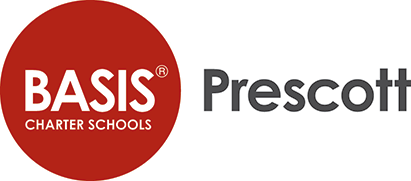Continuing on the Story
Skylar C -
Snow day! Because of the weather on Friday, I wasn’t able to go into the library. So, for those hours I continued reading the book Creating a Local History Archive At Your Public Library and learned about the process that libraries should take when acquiring and processing their new materials or donations. Libraries first have to appraise the materials and determine its value and whether they will accept it. If the materials don’t fit their collection policy or are deemed too costly to restore, they would be denied. After the appraisal, forms need to be signed handling the legal transfer of the documents and details of the materials written down, and depending on the case different issues need to be considered like copyright terms. The next step is accessioning the collection, which is basically ensuring the library has legal and physical control over the materials and gathering all necessary information on them for cataloguing and in their accession registers before the final processing. After this, arranging the materials into the existing collections and including descriptions of the content are next. A lot goes into each step, and there is much librarians need to consider. Besides the book, I brainstormed some ideas to put in my final pamphlet and played around with the program to see how I would want to design it, and I also looked around some websites mentioned in the book.
I still worked on the library binders, mainly on the 1974-1975 one. It has been slow, and I really hope that as I am learning to be more efficient, I will move through them quicker. My process right now is to first look through the binder and put sticky notes on the pages I would definitely want to scan, then go up to the copier room. As I am scanning, I inevitably find other articles to include. Scanning all of these takes longer than you think, but it also helps that I find out how to preview the scans on the copier before I send them. Then I go back down to the computer I work at and go through all of the emails I sent to myself, from the earliest to the latest. As I move through them, I often find documents that scanned strangely, or that I might have accidently cut off the edge, so I then write down the name of the article or picture. Once I am done with the computer, I go back to the copier and carefully rescan the ones I wrote down, then go back down to the computer to upload those ones. Writing down notes in a notebook has really helped me keep track of which article I am on or remember what I need to fix.
Sources:
Phillips, Faye. Creating a Local History Archive at Your Public Library. ALA Editions, an Imprint of the American Library Association, 2017.

Comments:
All viewpoints are welcome but profane, threatening, disrespectful, or harassing comments will not be tolerated and are subject to moderation up to, and including, full deletion.